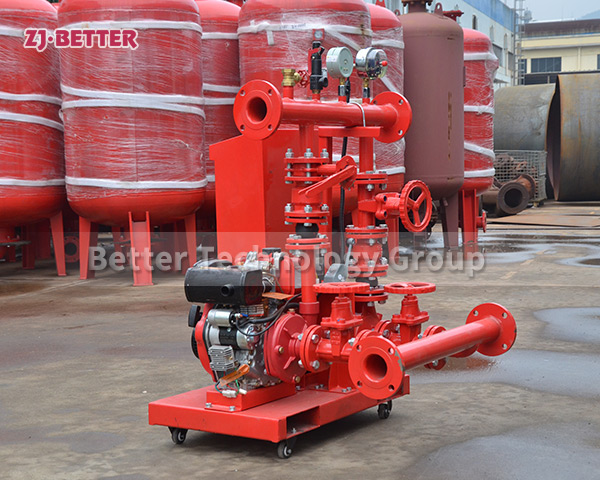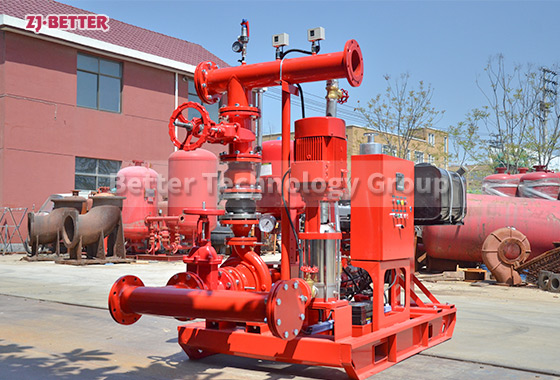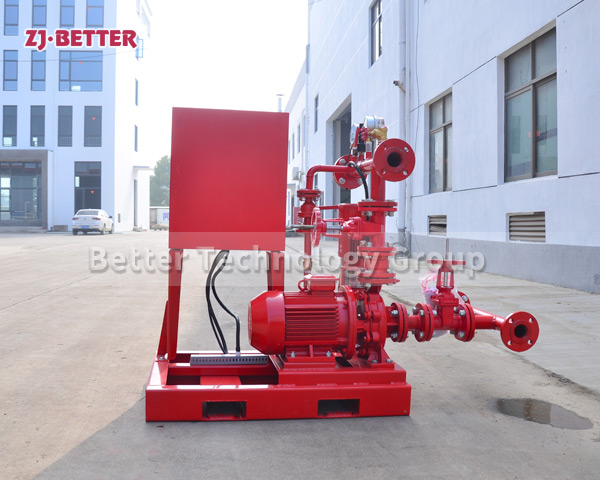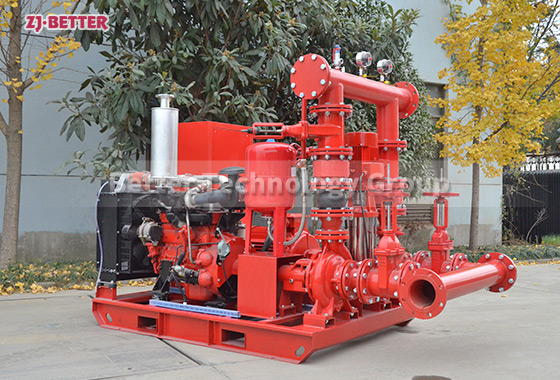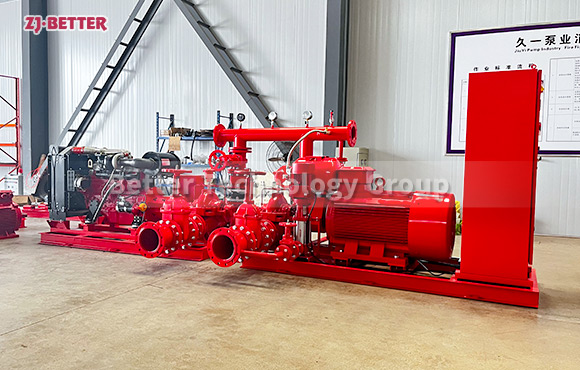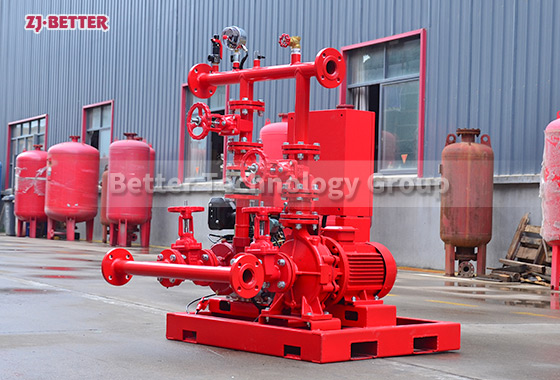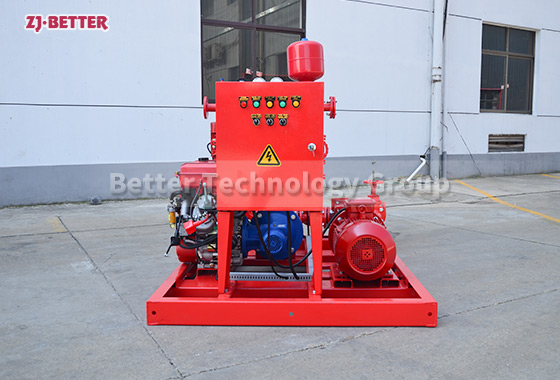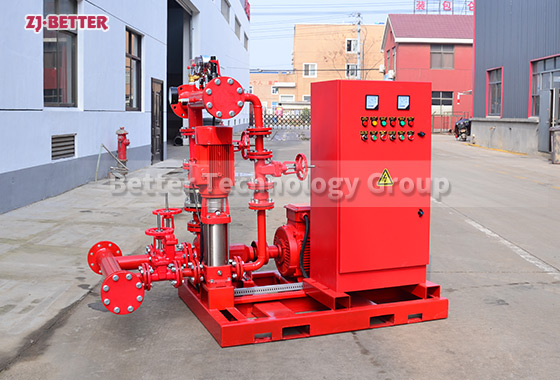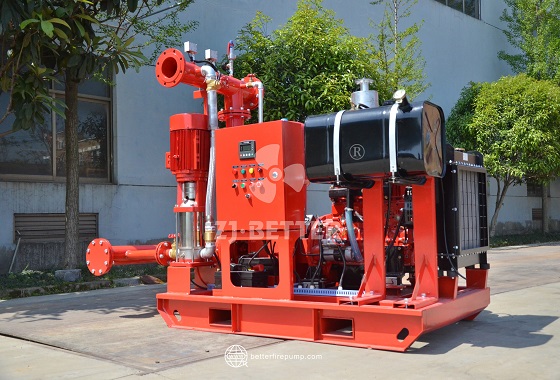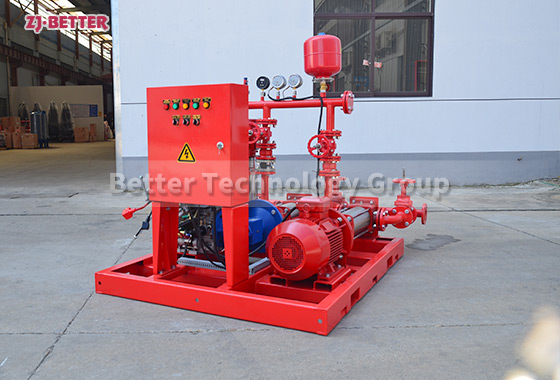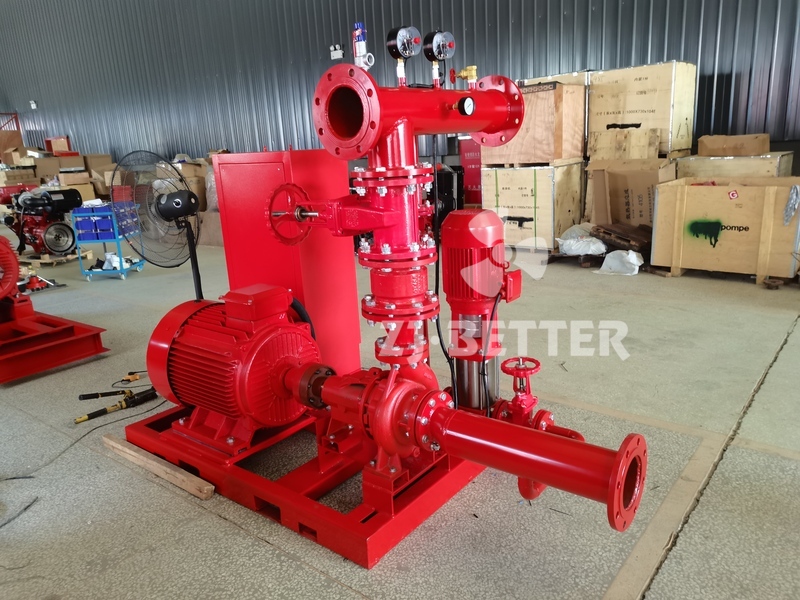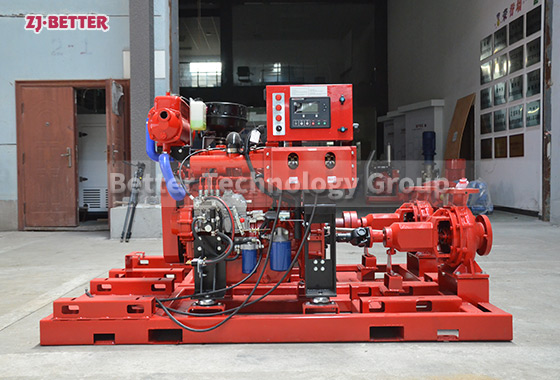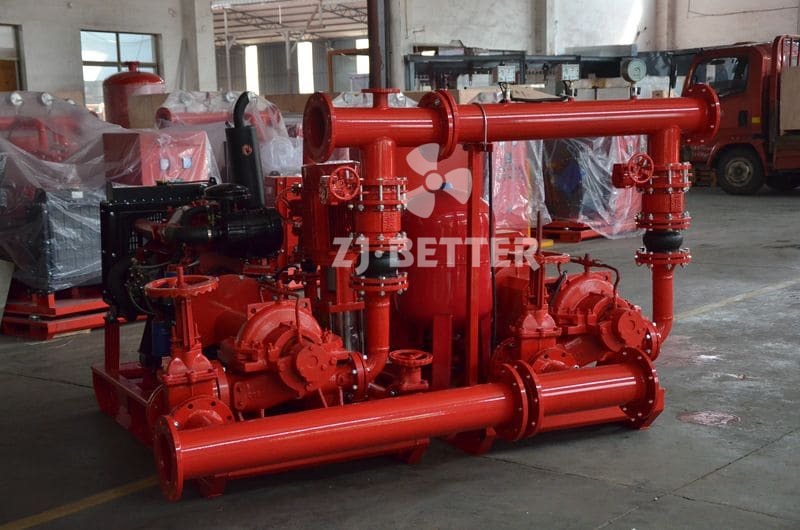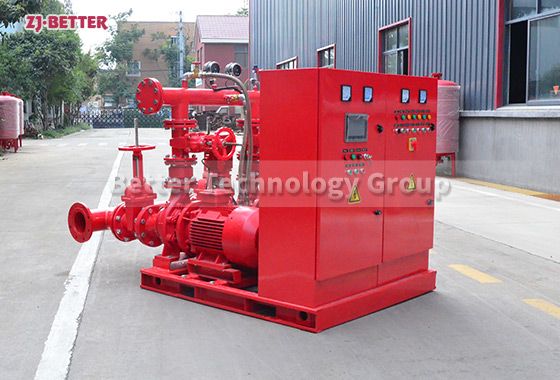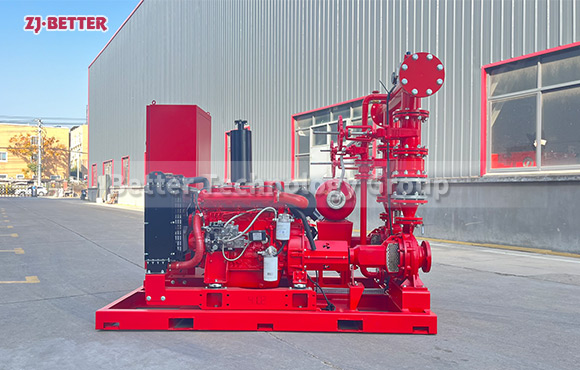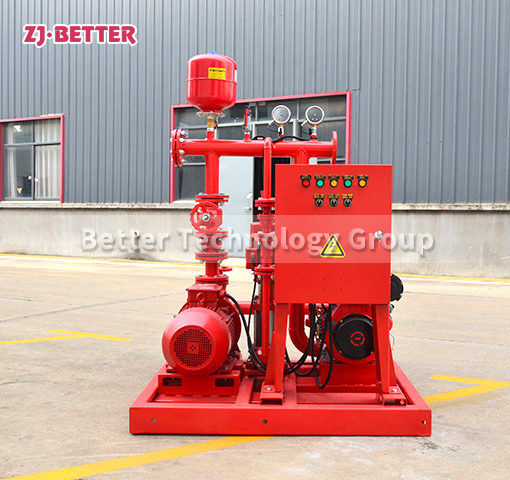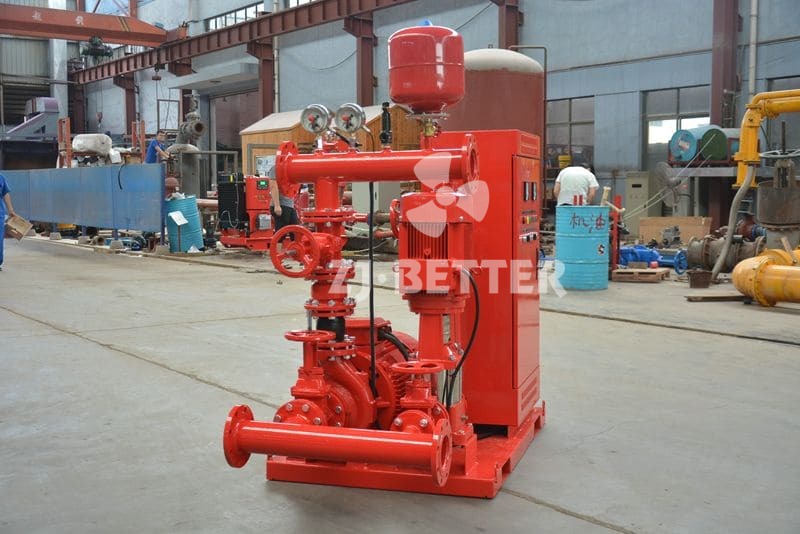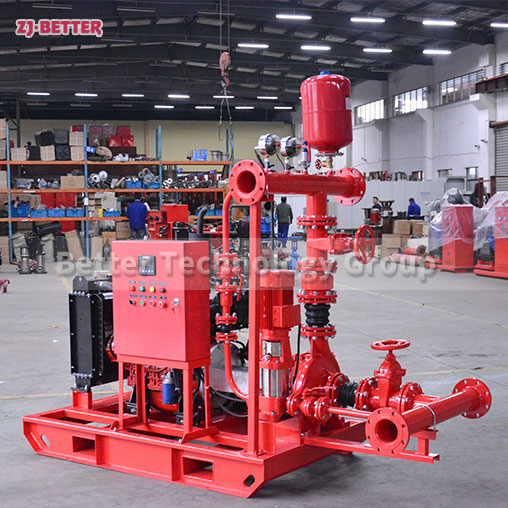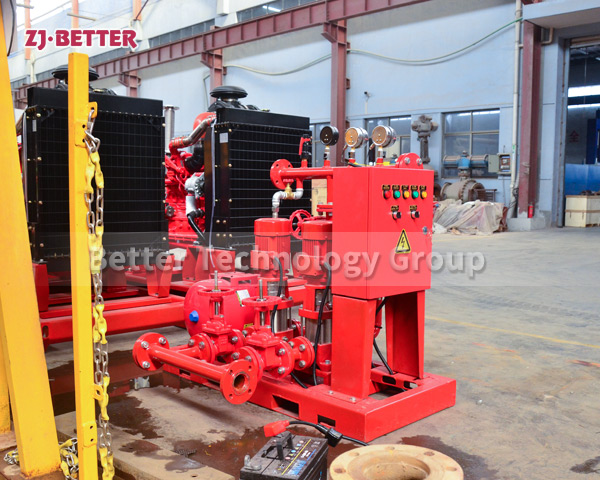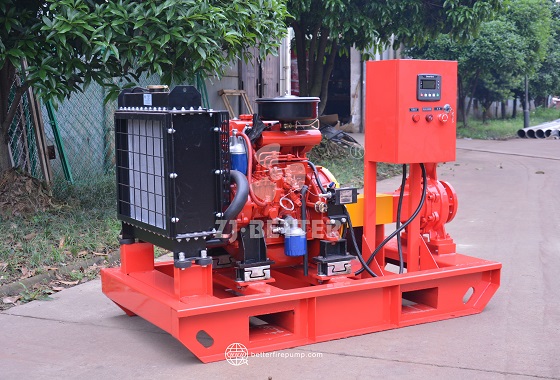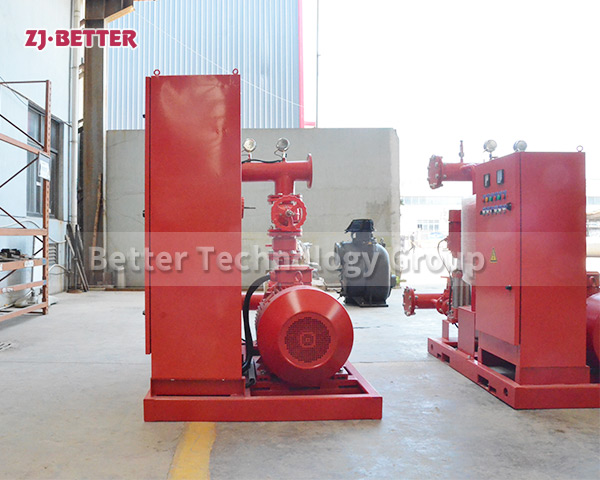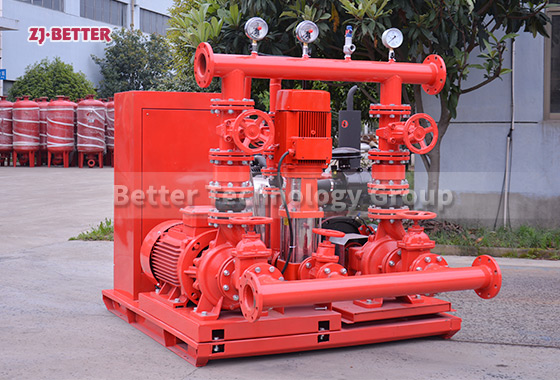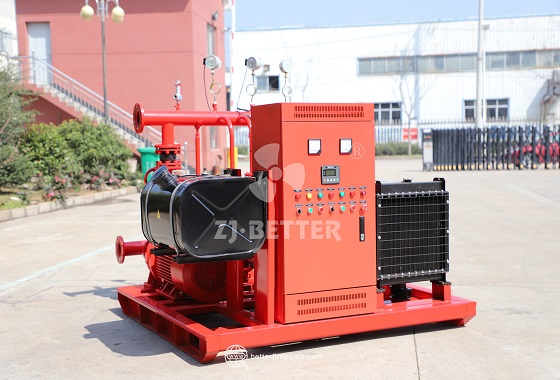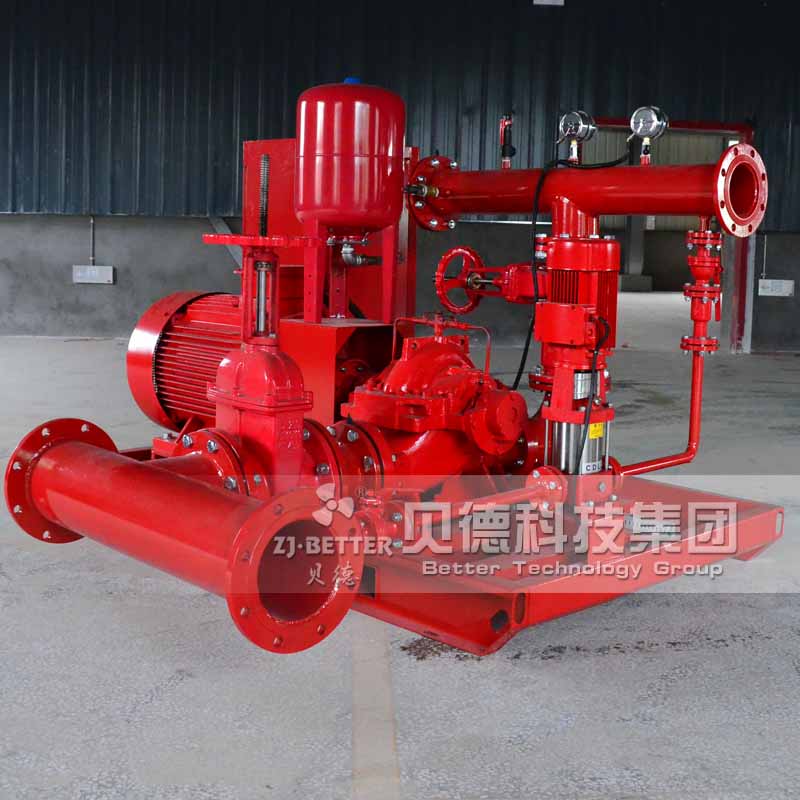Common control methods for fire pumps
1. Manual Operation: This method involves manually operating the fire pump by an operator who is trained to handle it.
2. Automatic Operation: This method uses an automatic sensing and control system to start and stop the fire pump when needed.
3. Pressure Control: This method uses a pressure switch to monitor the pressure in the system and activate the fire pump when necessary.
4. Flow Control: This method uses a flow switch to monitor the flow in the system and activate the fire pump when necessary.
5. Variable Frequency Drives (VFDs): This method uses a VFD to provide precise control over the speed and torque of the fire pump. This helps to ensure that the fire pump is operating optimally.
6. Remote Monitoring: This method uses a remote monitoring system to provide real-time data on the condition of the fire pump and to allow for remote operation if necessary.
1. Manual Operation: This method involves manually operating the fire pump by an operator who is trained to handle it.
2. Automatic Operation: This method uses an automatic sensing and control system to start and stop the fire pump when needed.
3. Pressure Control: This method uses a pressure switch to monitor the pressure in the system and activate the fire pump when necessary.
4. Flow Control: This method uses a flow switch to monitor the flow in the system and activate the fire pump when necessary.
5. Variable Frequency Drives (VFDs): This method uses a VFD to provide precise control over the speed and torque of the fire pump. This helps to ensure that the fire pump is operating optimally.
6. Remote Monitoring: This method uses a remote monitoring system to provide real-time data on the condition of the fire pump and to allow for remote operation if necessary.


